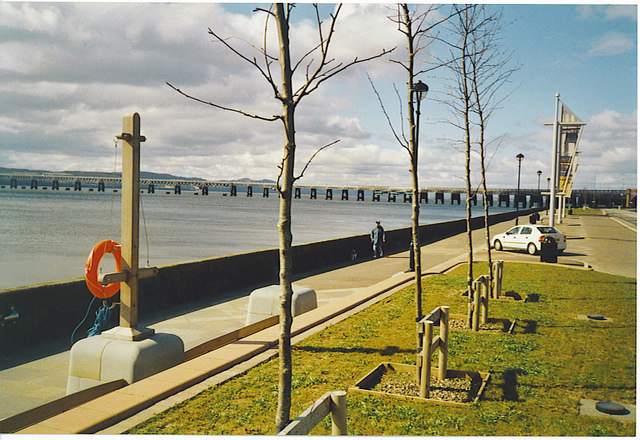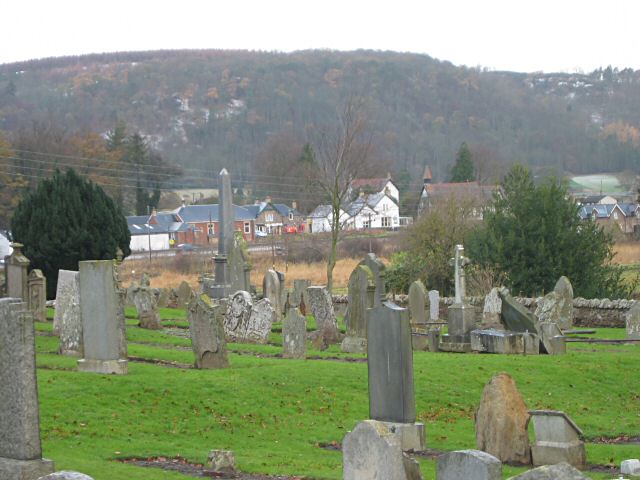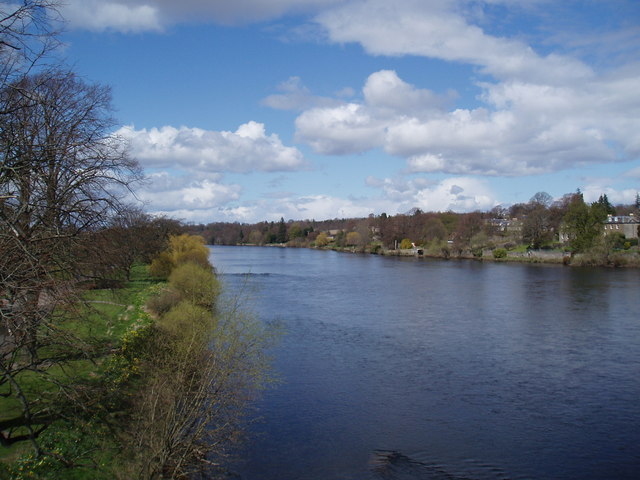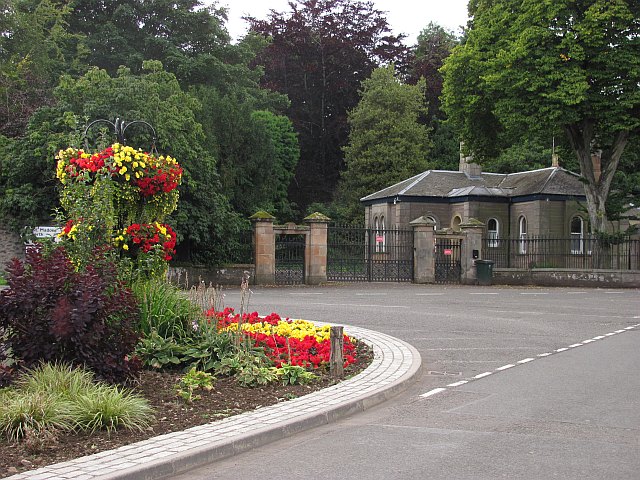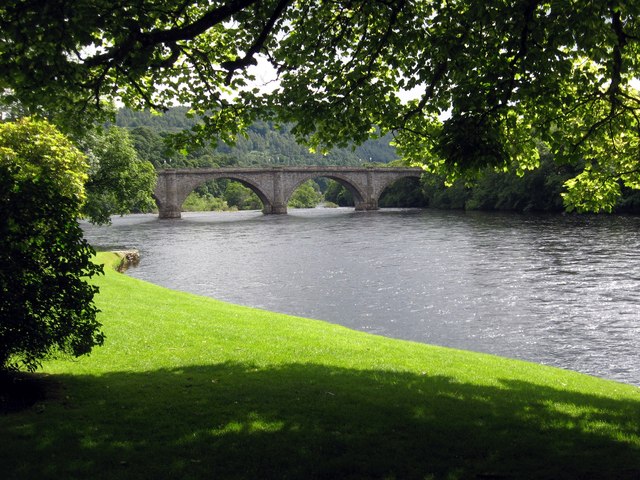National Cycle Route 77 - The Salmon Run
![]()
![]() National Cycle Route 77 runs from Dundee to Perth and Pitlochry for a distance of about 54 miles. On the way there are some splendid riverside sections, traffic free paths and some challenging climbs with excellent views over the area.
National Cycle Route 77 runs from Dundee to Perth and Pitlochry for a distance of about 54 miles. On the way there are some splendid riverside sections, traffic free paths and some challenging climbs with excellent views over the area.
Also known as The Salmon Run the route starts in the city of Dundee on the Firth of Tay estuary in Eastern Scotland.
You then head west along the Firth of Tay to Errol, St Madoes, Glencarse and Perth where you will pass through Kinnoull Hill Woodland Park. The park is one of the route highlights with an Arboretum, an ancient hill fort and some excellent views over the Tay valley.
In Perth you pick up a waterside section along the River Tay and River Almond to Almondbank.
The next stage takes you north to Bankfoot before a run along the eastern side of Rohallion Loch. Soon after you cross the River Tay at Dunkeld and follow the course of the river north to Logierait.
The final section then follows the River Tummel into Pitlochry where you can link up with National Cycle Route 7. At the route's southern end you can link up with National Cycle Route 1.
National Cycle Route 77 Ordnance Survey Map  - view and print off detailed OS map
- view and print off detailed OS map
National Cycle Route 77 Open Street Map  - view and print off detailed map
- view and print off detailed map
National Cycle Route 77 OS Map  - Mobile GPS OS Map with Location tracking
- Mobile GPS OS Map with Location tracking
National Cycle Route 77 Open Street Map  - Mobile GPS Map with Location tracking
- Mobile GPS Map with Location tracking
Cycle Routes and Walking Routes Nearby
Photos
Tay Rail Bridge and Riverside Drive, Dundee. The Riverside Drive is a main arterial road and cuts off the city from its riverside. The city council is now trying to develop the access and amenities on the riverside. It has made a start as Discovery Point is now a visitor attraction. The Tay Rail Bridge of 1883-88 replaces the 1879 structure which came down in a storm. The stumps of the old bridge towers are still visible.
Kinnoull Hill tower. The tower provides a safe vantage point to enjoy the views from the cliff top. It is a folly built in the 18th century by the 9th Earl of Kinnoull in imitation of the castles on the Rhine in Germany.
